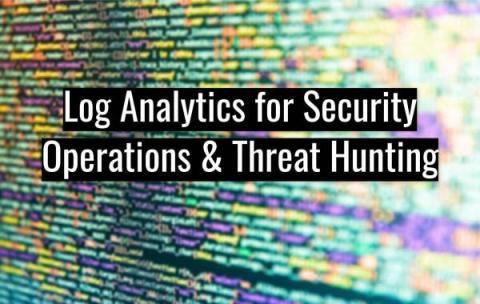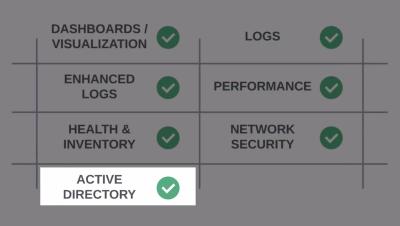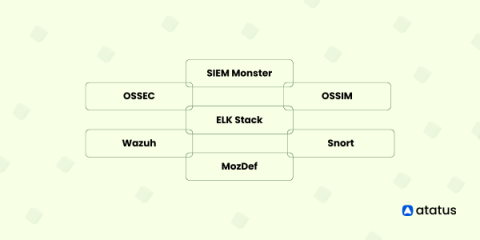SIEM Logging for Enterprise Security Operations and Threat Hunting
Today's enterprise networks are diverse and complex. Rather than the simple network perimeter of old, bad actors can attack through multiple entry points, including cloud-based applications. Not to mention, these networks generate massive amounts of transactional data. Because enterprise networks have become larger, they're more difficult to secure and manage. As a result, IT operations teams and security analysts seek better ways to deal with the massive influx of information to improve security and observability.










